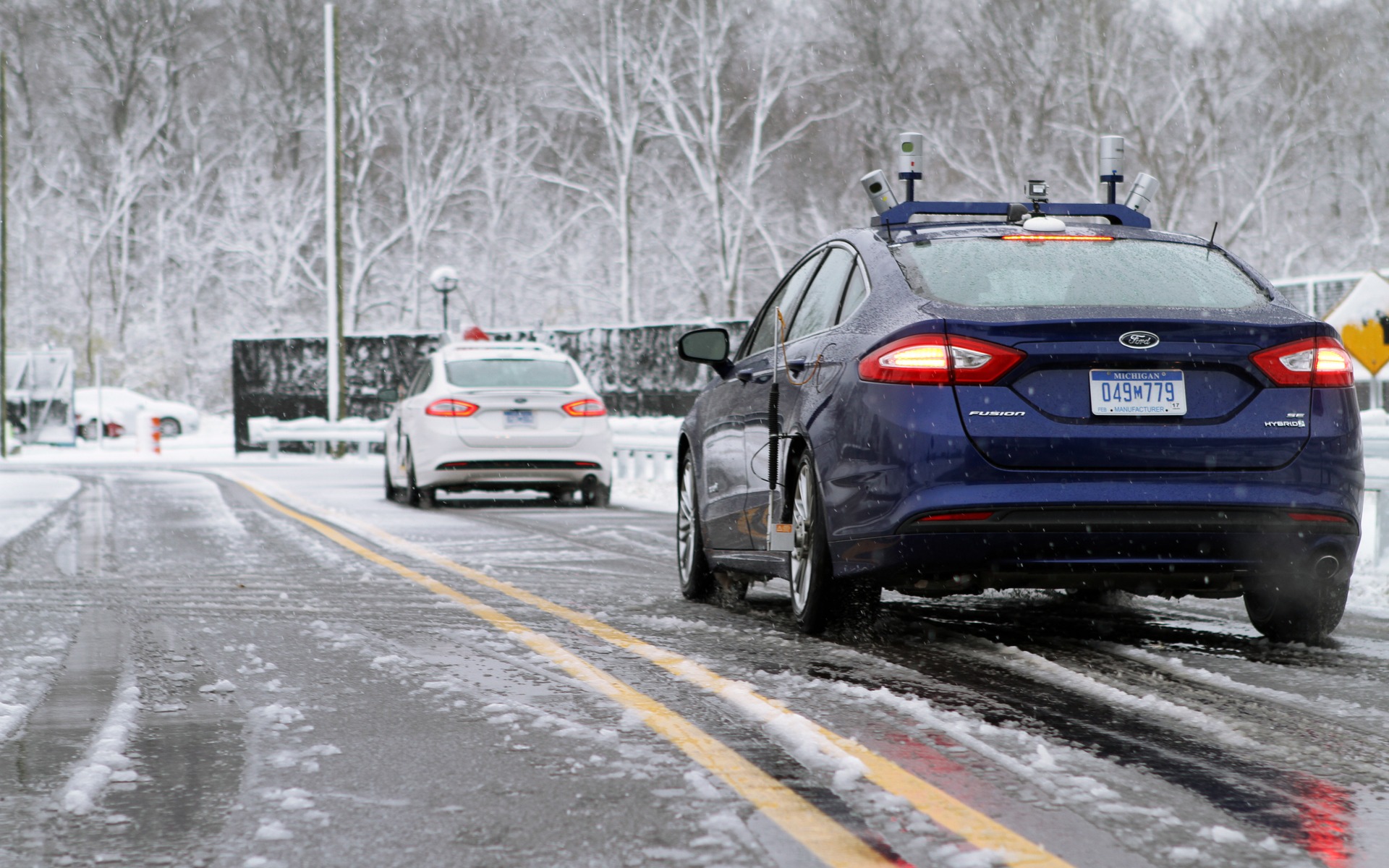Is Canada Ready for Autonomous Vehicles?
The autonomous vehicle development race is in full swing, and raises many questions from both the general public and government authorities. Are we ready to welcome self-driving cars on our roads, surrounding us in high-speed traffic?
The quick answer is no. Autonomous vehicles must be tested and evaluated on our roads, in our climatic conditions and following our road sign network. The province of Ontario is the first to authorize a pilot project that allows testing of self-driving cars. Since January 1st, 2016, testing of such vehicles and related technologies has begun.
Automotive manufacturers say that autonomous cars will reduce fuel consumption, harmful emissions, road congestion and the number of accidents. Obviously, driver distraction plays an important role in all of these aspects, and reducing the number of distracted drivers on the roads likely represents the biggest advantage of autonomous cars.
The province also pledged almost three million dollars to the Ontario Centres of Excellence Connected Vehicle/Automated Vehicle Program. The latter unites academic institutions and businesses in order to promote and encourage innovative transport technologies. So, Ontario is slowly preparing itself for the integration of self-driving cars and according to the Institute of Electrical and Electronics Engineers, by 2040, 75 % of all the vehicles on the road will be automated.
Not only does the country and each province have to adapt its road infrastructure for the arrival of autonomous vehicles – and vice-versa –, but traffic laws and legislations must also be revised. And let’s not forget about insurance in addition to the legal responsibility of the drivers and the manufacturers who build these vehicles.
In short, although automakers are promising to bring autonomous vehicles to the market by 2020, we’re far from ready to massively accept them on our roads. However, they will arrive sooner or later.







